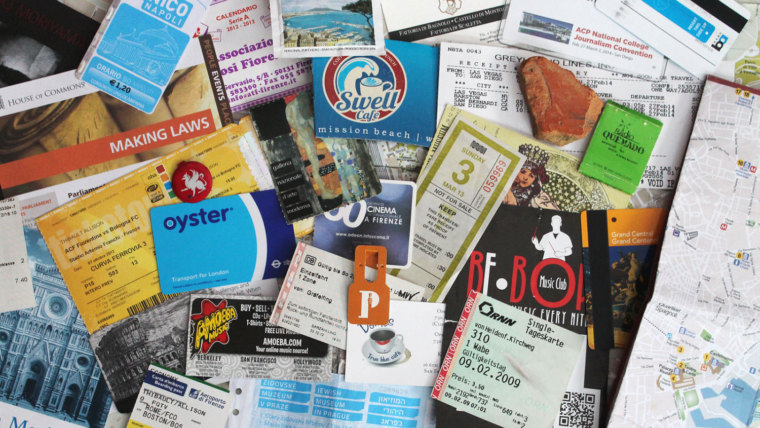Arizona is an outdoors enthusiast's paradise. From the depths of the Grand Canyon to the heights of various alpine and desert mountain ranges, there are tons of options for experiencing nature. Even in the metro Phoenix area, there are a diversity of great hikes within reach by public transit or a short car ride.
This mountain, located northeast of the hostel on the Scottsdale/Paradise Valley line, looks like a gigantic camel slumbering in the middle of the city. The resemblance is so striking that when I first saw it, I half expected it to rise up and come to life, like the giant tiger made of sand that eats Aladdin in Disney's classic film. The mountain thankfully did not eat me, but the hike is certainly a strenuous one.
There are actually two trails at Camelback, but the one most people are referring to when they mention the hike is the Echo Canyon Trail. The trail, which leads up to the summit of the mountain (which has one of the best views of Phoenix and the surrounding valley) is very popular with tourists and locals alike, making it a generally pretty crowded hike. Many locals use it as their gym, jogging up and down the mountain and making it look easy.
While the trail is not very long, it is very steep and includes several sections of rock scrambling with handrails to help you keep your balance. It's a great experience for someone who wants to push themselves physically for a couple of hours and doesn't mind the crowds. You can get to Camelback via public bus in about an hour or by car in 20 minutes.
South Mountain is so big that it feels more like a whole mountain range rather than just a single peak. The wilderness preserve here has over 50 miles of interconnected trails to explore, so it's definitely a good idea to print out a map before you go and to pay attention to all the signs you pass on the trails so you don't get lost. Unlike Camelback, the trails of South Mountain are much more secluded and on some paths you may not see another hiker for upwards of 30 minutes.
The hike I like best here is a 4 mile combination of the Mormon Trail, the Hidden Valley Trail, and the National Trail. It is somewhat steep at the beginning as you ascent the mountain, but flattens out at the top, making it an easy trail for just about anyone to enjoy regardless of skill or experience. After reaching the top of the moutain and taking in the stunning views of downtown and the surrounding mountains, the Hidden Valley Trail takes you between and under amazing rock formations amoung the desert landscape. The book 60 Hikes Within 60 Miles (which we have for you to use at the hostel) provides detailed directions and descriptions of the hike to help guide you.
While a few hours of peace and isolation hiking on South Mountain is a great experience, the best part of your day is yet to come. The Farm at South Mountain, located a short walk from the trail head where the hike ends, serves fresh lunch foods and bakery snacks to help refuel you in the most deliciously healthy way possible. Grab some snacks at the counter and take them out into the farm's pecan grove to have a celebratory post-hike picnic. South Mountain can be reached by public transportation in about an hour or by car in 20 minutes.
Papago has it all - a lagoon, hiking trails, a zoo, and a botanical garden. The trails here are mostly flat scenic walks through a mini desert space plopped in the middle of the city, but the highlight is the iconic Hole in the Rock. It's a sandstone butte with a small opening like an eye that allows vistors, mostly families and kids, to sit against a wall in the three sided cave-like structure and look out onto the downtown skyline.
Another landmark on the paths around Papago is a white pyramid on a hill overlooking the zoo. This bizarre monument is actually the tomb of the first governor of Arizona, who was fascinated by the pyramids of Giza during his travels in Egypt. It provides another great vista of the city and valley as well as a glimpse into the giraffes habitat at the neighboring zoo.
The Desert Botanical Garden is located in the northeastern part of the park. It has a wonderful collection of cacti and wildflowers along its trails designed to teach you all about desert environments. The garden also includes a butterfly area, an herb patch, and recreations of native peoples different housing structures. Papago Park is easily reachable by public transit in 45 minutes or by car in 15 mintues.
No matter which of these areas you decided to explore, make sure to bring plenty of water with you -- at least 2 water bottles per person are necessary while walking out in the desert sun. And don't forget the sunblock!
(Brought to you by Ally Thibault... with much guidance from "60 Hikes Within 60 Miles: Phoenix")










